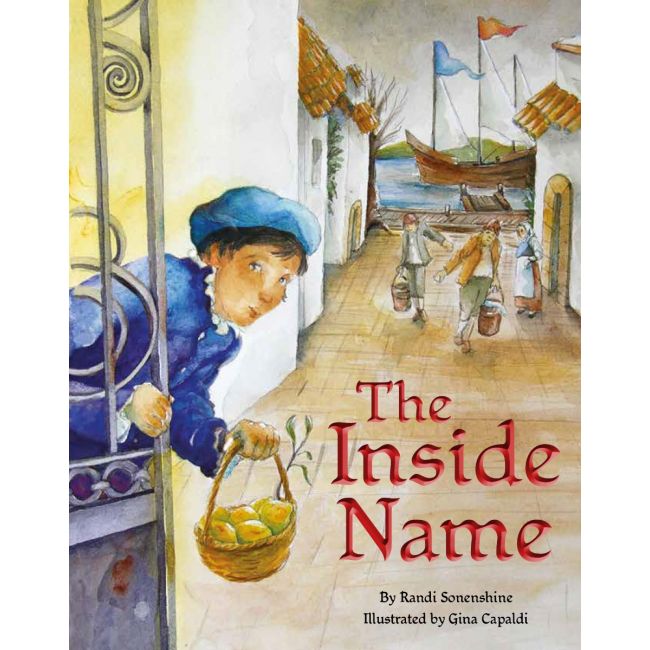The Inside Name
"A gentle exploration of a cruel episode in European history." --Kirkus Reviews
Felipe has a secret. He and his family are conversos—Jews forced to convert to Christianity after 1497 but who maintained their Jewish identities and practices behind closed doors. Even his real name, his Jewish name, is a secret. Felipe is his outside name, the only one it is safe to use. The one his mother tries not to use. She whistles for him instead. But with the coming of the Inquisition from Spain to Portugal, it becomes more dangerous for them to continue to live a secret life. That is when a local priest, also a converso, finds a way for Felipe and his family to escape, to emigrate to a place where a young boy can be called by his real name.
Spotlighting the Sephardic Jewish converso culture in 1500's Portugal, this illustrated historical fiction chapter book for ages 6-9 includes an end note explaining the lives of Portuguese conversos, how the Inquisition came from Spain to Portugal in 1536, making life even more dangerous for them, and the role of Gracia Nasi Mendes, a wealthy and influential converso who used her large sailing fleet and her international connections to help families flee.
A child navigates his Lisbon neighborhood as a converso, a Jew compelled to practice Catholicism in Spain and Portugal during the Inquisition.
The boy takes readers through his city and ponders the religious intolerance that has turned neighbors against him and forced his family to keep their Jewish observance a secret. Though the author acknowledges the threat of violence and imprisonment for forced converts, she leans toward optimism, depicting a loving, intact family who seek a way out. Interspersed with moments of dread and sadness, the narrative highlights details about secret religious practice, such as hiding a mezuzah under the tiles of the doorframe, lighting Shabbat candles inside a jar on the hearth, and using an “inside name,” a Hebrew name employed only in the privacy of the home. This short chapter book features illustrations on every spread as well as occasional text boxes that offer definitions and historical context, though the vocabulary will be a stretch for many younger readers. Saturated colors for the clothes and buildings imply the visual richness of the city, but the soft lines of the watercolor-like illustrations provide limited expression in the human faces. A historical note presents more details about conversos and discusses Doña Gracia, who used her wealth to rescue Jewish people trapped by the Inquisition.
A gentle exploration of a cruel episode in European history. (Chapter book. 6-9) --Kirkus Reviews

 Reading Guide
Reading Guide 
